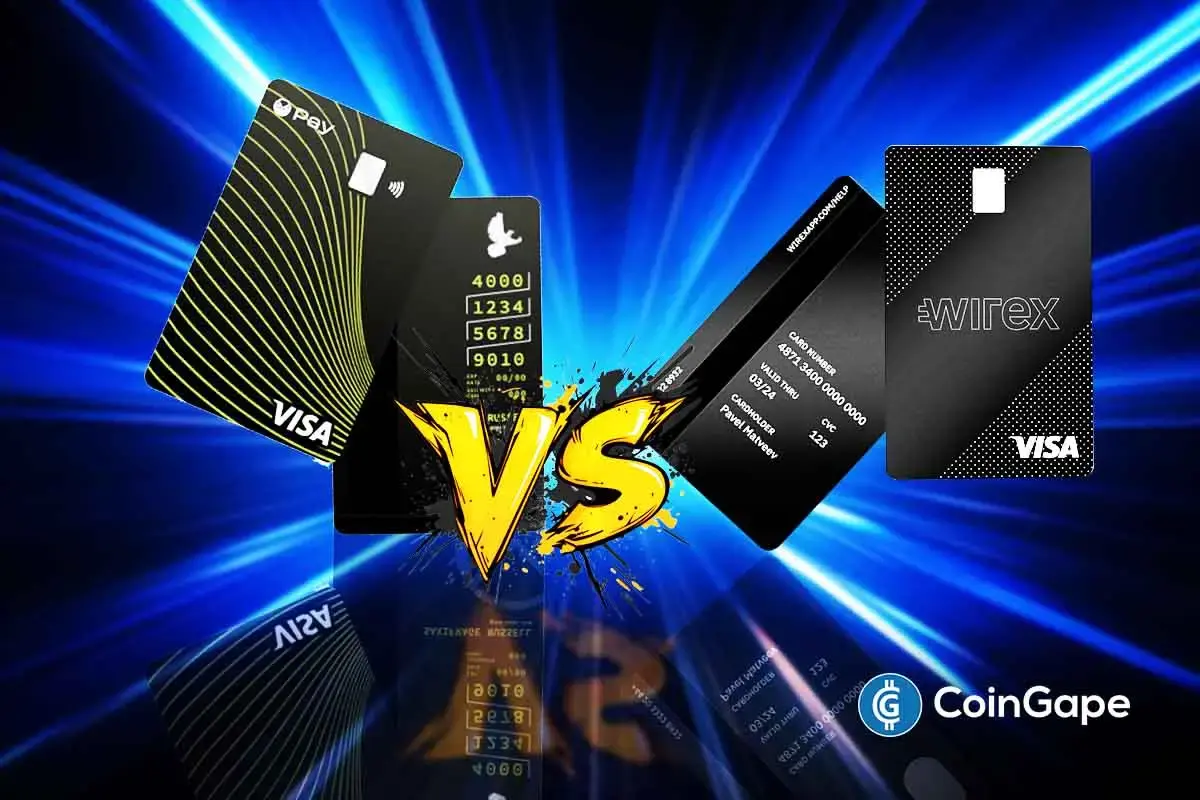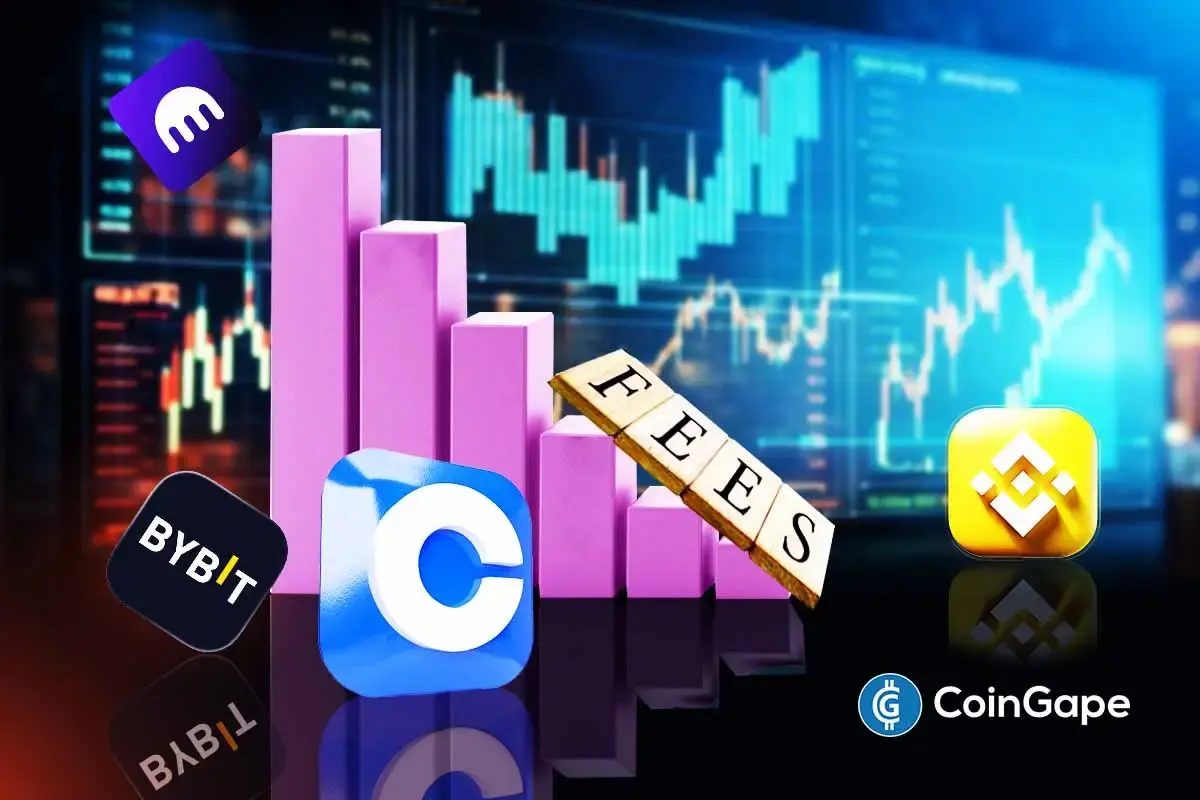Crypto futures trading is one of the methods to capitalize on the price movements of cryptocurrencies. If you are good at estimating the future prices of cryptocurrencies, crypto futures are a perfect investment method for you.
Futures trading is one of the crypto derivatives trading methods. It helps investors make profits based on the future price speculations of cryptocurrencies. Similar to other types of crypto derivatives, trading crypto futures does not require you to directly buy and own cryptocurrencies. All you need to do is speculate crypto prices and execute futures contracts based on your speculations. Let us learn more about what crypto futures trading is and how it works in the present article.
What is Crypto Futures Trading?
Crypto futures trading combines the traditional futures contract concept with cryptocurrencies. It involves “futures contracts”, which are basically agreements between investors to buy or sell the underlying cryptocurrency at a predefined fixed price and time. They help investors to hedge risk against extreme price fluctuations of cryptocurrencies.
Crypto futures contracts will be executed when the predefined conditions are met, and they will be settled in two ways: physical delivery and cash delivery. In the case of physical delivery, the futures contract is settled in terms of the underlying asset. And, in the second case, the futures contract will be settled in the form of cash settlements.
Unlike crypto options trading, which gives investors an option to execute the trade or not, futures trading makes the investors obligated to fulfill the terms of the contract at the specified date and price. Even though futures contracts are the best way to reduce risk of directly involving cryptocurrencies, there is a possibility of ending up with losses when the underlying cryptocurrency’s price moves in the opposite direction of the speculation.
Understanding Crypto Futures
Crypto futures trading works similarly to that of traditional futures trading. Exchange platforms issue futures contracts when both buyers and sellers agree on the terms of the contract. Let us understand the main components of a crypto futures contract.
Underlying Asset and Contract Size: Any futures contract consists of an underlying asset such as stocks, indices, commodities, and cryptocurrencies. And, it also includes contract size, which is the amount of the underlying asset.
Method of Settlement: As we discussed above, futures contracts can be settled either by using physical delivery option or by using cash settlements.
Expiration Date: Futures contracts will have an expiration date at which the trade must be executed and settled. Unlike crypto options trading, investors of futures contracts must settle the agreement at the expiration date. However, some futures contracts do not have an expiration date, called “perpetual futures contracts”.
Leverage: Investors can borrow funds from the exchange platforms to increase their trading size when they are sure about making profits via a futures contract. This is called leverage and the leverage rates vary from one exchange to another. Investors use 10x and 20x leverage to increase their profits from futures contracts.
3 Trading Strategies of Crypto Futures
Hedging
Hedging strategy is used by investors to minimize the risk of their portfolios. Futures contracts are specifically designed for hedging purposes. They allow investors to diversify their portfolios and distribute the risk so that they can offset the losses made from other investments. In an ideal case, futures contracts completely eliminate the risk by fully offsetting the gain or loss on the sales of underlying assets.
Speculation
Investors also use futures contracts for speculation purposes. They buy futures contracts based on their future estimated prices of cryptocurrencies. Adding to that, investors can also take leverage from the exchange platforms when they are sure about their market predictions. Instead of directly involving the crypto markets, investors can amplify their profits using leverage with the help of futures contracts. However, leverage can also amplify losses if the expected price moves in opposite directions.
Arbitrage
Arbitrage trading strategy involves buying an asset at a lower price on one platform and selling it at a higher price on a different exchange platform. This method allows investors to make profits based on the price discrepancies between different exchange platforms. When traders identify price changes between the futures market and the actual price of the market, they can use the arbitrage trading method and make profits. There are actually a lot of crypto arbitrage bots that make your this step as easy as eating apiece of cake.
Where To Trade Crypto Futures?
The first Bitcoin futures trading debuted on the Chicago Board Options Exchanges (CBOE) in 2017 but discontinued later. Currently, Chicago Mercantile Exchange (CME) is the most popular regulated exchange for trading crypto futures. You can trade Bitcoin futures and Ethereum futures on the CME exchange. Other than that, several crypto exchange platforms also support crypto futures trading. The list includes Kraken, Binance, ByBit, Bitget, OKX, Crypto.com, Phemex, Deribit, eToro, BitMEX, etc.










